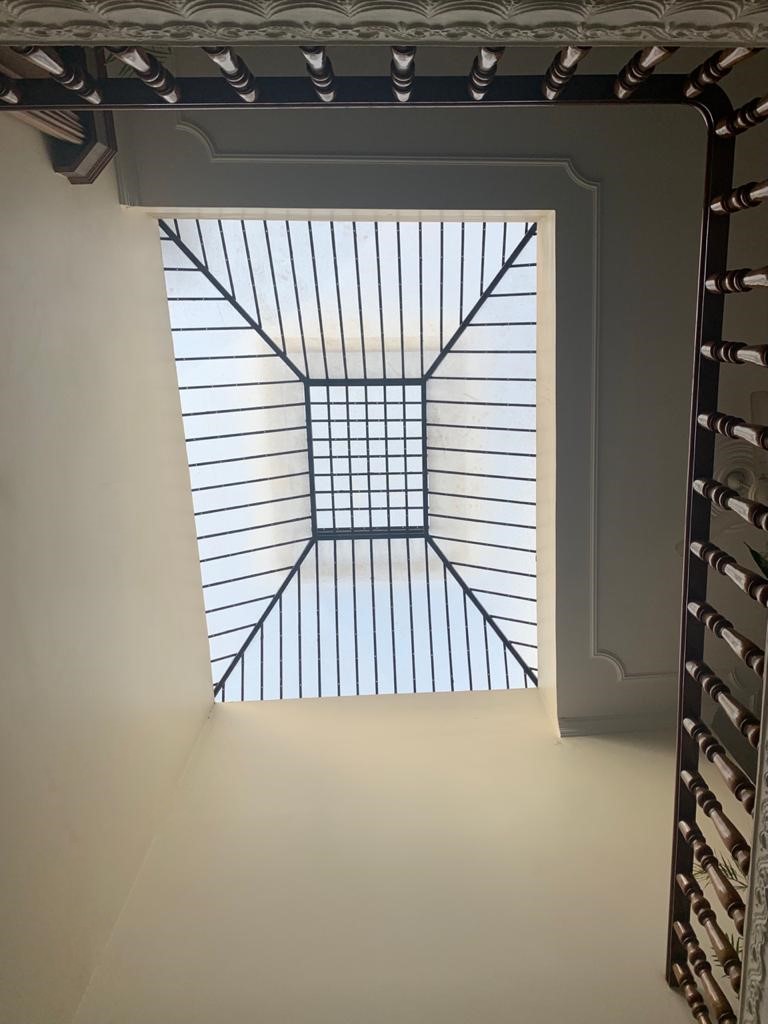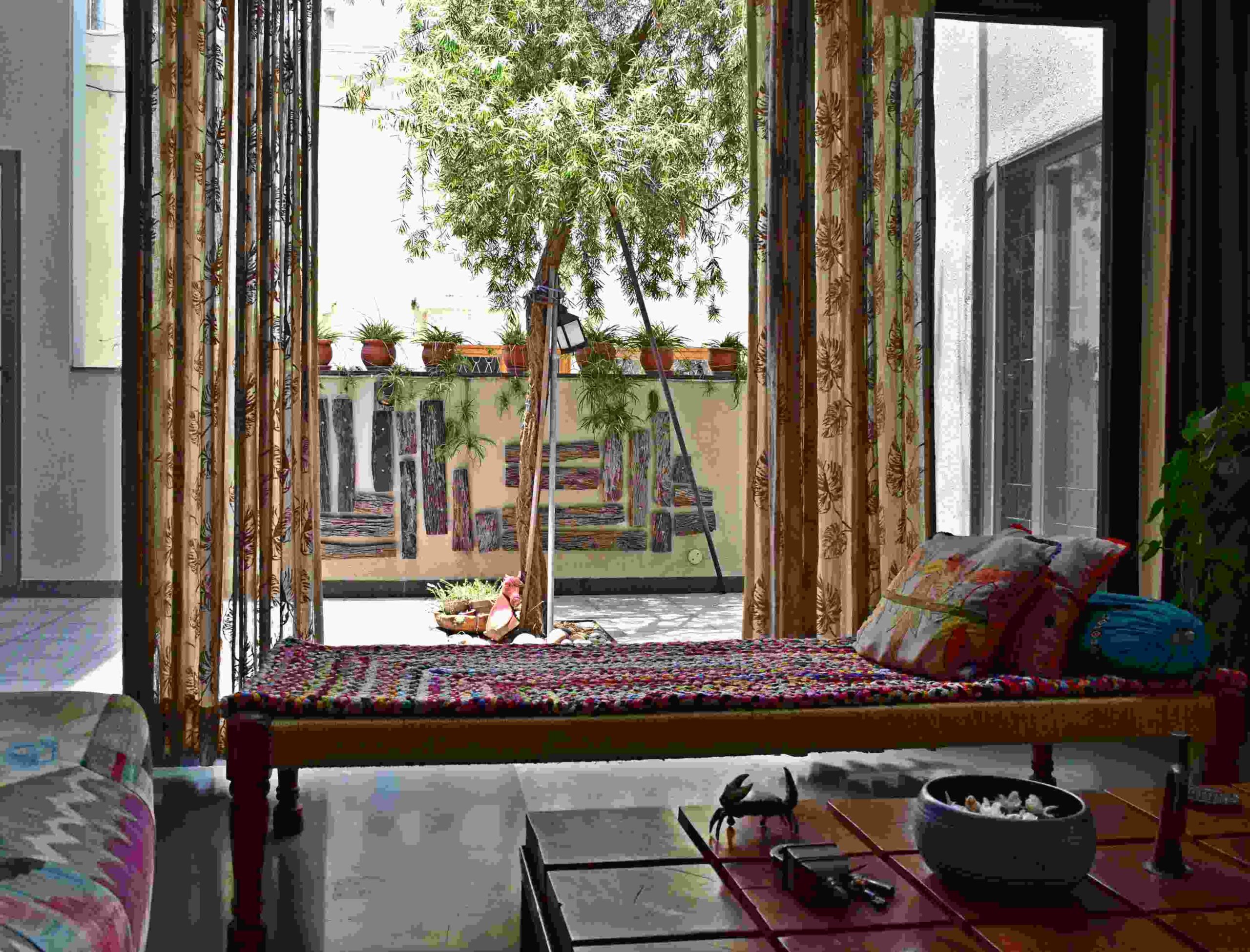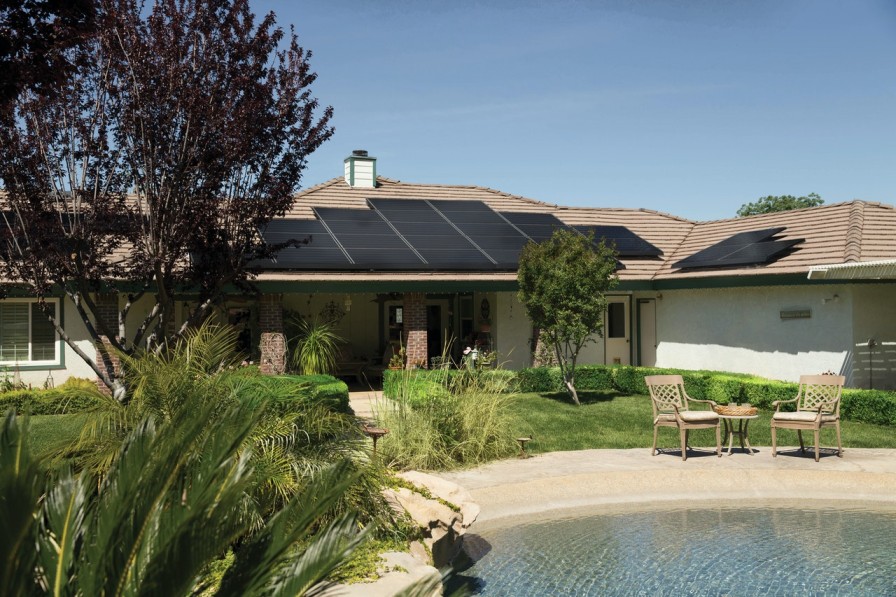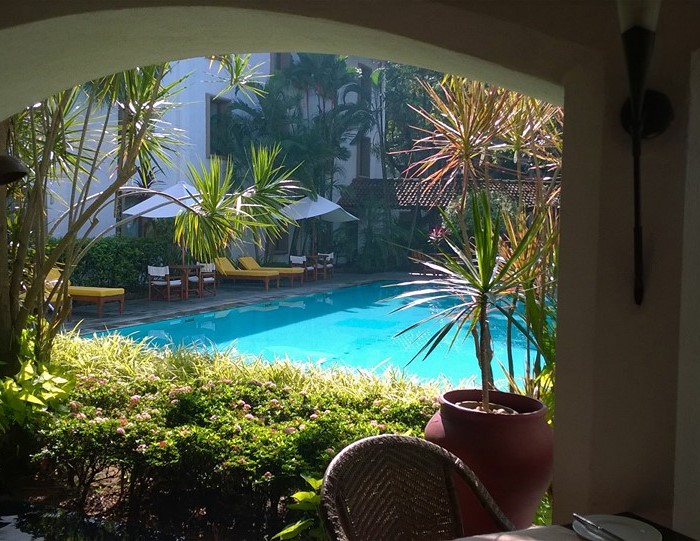6 Easy Ways to Cut Your Electricity Bills & Make Your Home Energy-Efficient
High power bills giving you a nasty shock? Here's how you can lower your electricity bill by smartly minimising the energy consumption in your home.

Wouldn’t it be wonderful to live in an energy-efficient home that not only results in large savings in the electricity bills but is also environmentally-friendly with a small carbon footprint!
For a truly sustainable home, it is advisable to start thinking about energy efficiency right from the beginning. Ask your architect to employ passive techniques to minimise the energy consumption of your dwelling.
1. Building orientation
Proper orientation that makes the most of the existing climatic conditions of a region go a long way in reducing the energy requirements of any house. This includes taking advantage of movement of the sun and winds.
Preferably orient the longer facades of your home to face the south and north directions. For your home layout, place the most frequently used spaces like the living room, lounge and bedroom in the south. Verandahs and balconies should be located next to them to provide shade in summers and sunshine in the winters. Data of the prevailing winds in your location should be used to take advantage of summer breezes for passive cooling, as well as shield against cold winter winds.
2. Natural lighting

Ensure that there is sufficient daylight entering the home by using windows, skylights and courtyards. This will result in minimal energy being consumed for artificial lighting during the day. North light is diffused and glare-free so it’s best suited for areas like study, library or studio. Provide maximum window openings on the northern and southern facades. Windows in the south need to be protected from the high summer sun with horizontal projections (chhajjas). Try to minimise openings on the west as the low afternoon sun causes a lot of heat and glare. Use shading devices like louvers or perforated screens (jaalies) on the outside and curtains or blinds in the interiors.
While using daylighting in your home be mindful of the heat gain and glare control. Thought must be given to the size and position of the windows, type of glass and the reflectance of interior finishes.
For artificial lighting use CFLs and LEDs as their energy consumption is 25% to 75% lesser in comparison to incandescent lamps. Use dimmers, photo sensors and motion sensors to optimise the use of artificial lighting. The latter two will ensure that lights switch off when not required. Rely on a good level of general illumination and use task or decorative lighting only when required.
3. Natural ventilation and thermal comfort

Take advantage of passive cooling techniques through natural ventilation; for instance, onshore winds in coastal areas and downhill winds in mountains. Placement of doors and windows should encourage the entry and movement of fresh breeze through the interiors.
Use the principle of convective ventilation wherever possible in which the warm air rises and cool air replaces it; for instance, in courtyards, clerestory windows, openable skylights, and atriums. Also, evaporative cooling techniques can be used to reduce the temperature.
A compact plan for the house with a low surface area exposure to the outside weather helps in reducing the thermal loads. Employ double glazing for windows to improve the insulation of the house. Proper selection of materials and construction techniques play an important role in maintaining thermal comfort. Natural materials like stone, wood, mud, bamboo and straw are more comfortable than the modern materials like concrete, steel and glass. So, maximise the use of natural and local materials. Using construction techniques like cavity walls and rat trap bonds help in providing insulation. Traditional architectural elements like chhajjas, jaalies, verandahs, balconies and courtyards enhance thermal comfort by providing shade and encouraging air circulation. Maximum heat gain is through the roof so paint it white to reflect sunlight and keep the interiors cool.
A 1.5 tonne BEE 3 star rated split AC consumes 1 KW or 1 unit of electricity in just 45 minutes. This demonstrates how significant it is to ensure that the home is designed comfortably so that minimal or no air conditioning is required.
4. Use of solar energy

Solar energy can be used in solar water heating systems and generation of electricity by employing PV (photovoltaic) panels. Solar water heaters are economical, easy to install and convenient to use.
There are two types of PV systems: grid-connected and off-grid. The former system is connected to the power grid. Excess electricity generated by the PV system is sent to the grid. When it is not producing enough current, it will be drawing power from the grid. Net-energy metre keep track of this and bills are generated for the net consumption only. Off-grid systems are not connected to the grid so they require expensive batteries to store the electricity. The government offers incentives in the form of subsidies and loans on grid-connected systems from Indian manufacturers. Other solar products like lamps, water pumps, cookers and garden lights can also be used in homes.
According to J S Badhwar, whose company in Ludhiana deals in solar panels, “Solar energy is being used in more homes now due to greater awareness of its benefits. A 1 KW rooftop grid-connected solar unit will cost around Rs 70,000 and takes up a space of 100 sq ft. This investment can be recovered in 4 to 6 years and requires minimal maintenance.”
5. Landscape Design

Landscape elements can be used effectively to help reduce the energy loads of a house. For ground covering, use grass instead of paving tiles or concrete. Grass has lower solar reflectance so keeps the surroundings of the home cool. Trees, bushes and creepers planted near the house can be very effective in providing shade. Carefully positioned trees can save up to 25% of the energy a household uses. Shading and evapotranspiration from trees can reduce surrounding air temperatures by 6° F. Under trees it can be 25 ͦ F cooler than nearby blacktop (tarred surface) . So, make an effort to retain existing trees on your site. Air flowing over water bodies like pools gets naturally cooled before entering the house. Green roofs and terrace gardens help to reduce the heat entering through the roof. Landscaping can help divert winds and reduce their intensity.
6. Appliance selection and usage

Since appliances constitute the major part of power consumption, their proper selection, maintenance and usage is extremely important. The following tips might help in saving a bit more on your electric bill:
Purchase energy efficient appliances after careful research with high BEE (Bureau of energy efficiency) star ratings. According to Bureau of energy efficiency, a 250-litre frost-free refrigerator with a 5-star rating consumes only 400 units annually as against 1100 units of electricity for a no star one.
Setting the AC above 22 ͦC reduces electricity consumption by 3 to 5% for each degree increase.
Install a storage water geyser instead of an instant water heater that draws excessive power.
Unplug chargers once devices are charged and do not keep gadgets in standby mode, otherwise they will continue to draw power. This is known as ‘vampire load’ that constitutes around 5% of the total electricity consumed in a home. Using energy saving mode helps conserve up to one-third of the device’s power consumption.
(Edited by Yoshita Rao)
If you found our stories insightful, informative, or even just enjoyable, we invite you to consider making a voluntary payment to support the work we do at The Better India. Your contribution helps us continue producing quality content that educates, inspires, and drives positive change.
Choose one of the payment options below for your contribution-
By paying for the stories you value, you directly contribute to sustaining our efforts focused on making a difference in the world. Together, let's ensure that impactful stories continue to be told and shared, enriching lives and communities alike.
Thank you for your support. Here are some frequently asked questions you might find helpful to know why you are contributing?


This story made me
-
97
-
121
-
89
-
167














